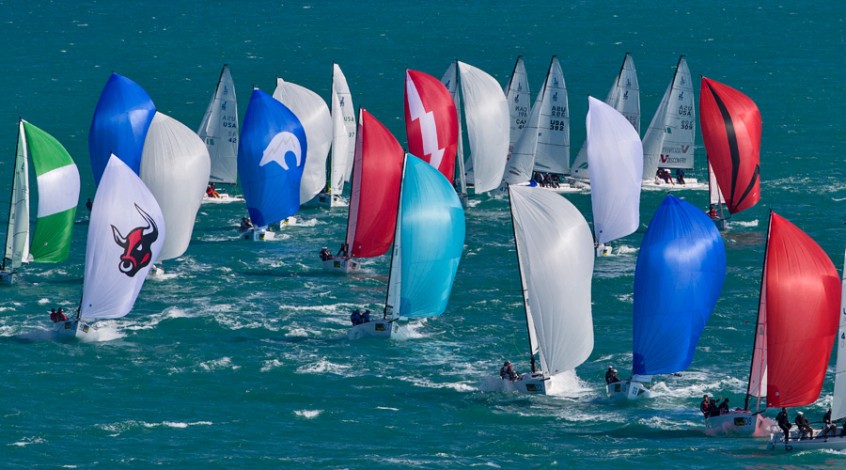

How To Prepare for Unstable Conditions
Regattas generally bring with them diverse wind conditions. Crews need to be prepared to handle whatever the venue hands out.
Researching the most up-to-date forecasts, in combination with understanding the venue is absolutely critical in preparing for success on race day. It is great to speak to the locals about what to expect. By all means, take this into account, and do your own research as well.
Research The Sailing Venue
How many regattas have you been at only to hear the locals say, “its not normally ever like this”. They mostly only sail on weekends so their experience generally does not cover a week-long regatta.
If they had done the research they may have found that what you got is exactly what always happens. Local knowledge is a key weapon when dealing with current and knowing where and when to hide on the course.
Shifting from a heavy building breeze one day then down to light air the next can take a toll on even the best crews and staying connected is essential.
Understand the limits of technology. As much as it helps, it can also hinder boat awareness. Its important for the helmsman and crew to be aware of what is actually going on.
Remember the basics and be aware of what the telltales are communicating and how the boat feels as conditions shift.
Communicating weight management and sail trim relative to tactics and strategy. Doing this in varying conditions will keep the team focused on the impact their individual roles have.
Keep fun in the program. and make sure everyone is enjoying the day.
Dialling the rig and managing the tune as conditions build or diminish will have a direct result on how the boat responds in varying conditions. An important consideration may be the differences between symmetrical and asymmetrical car set-ups to take advantage of favoured tacks in chop.
Whether races are in a big breeze or light air, it’s important to know and communicate when it’s time to change gears along with changing conditions. Develop a strategy and be aware of what is happening both on the course and in the boat, then adjust as needed.

